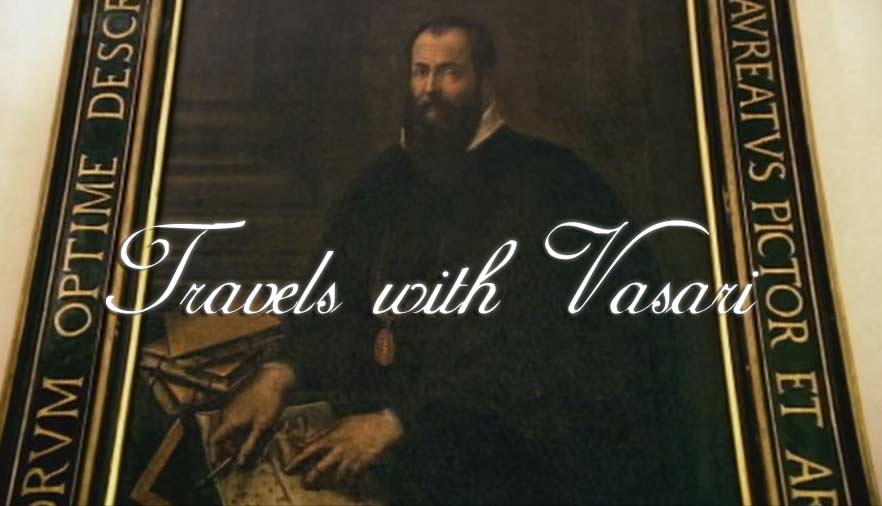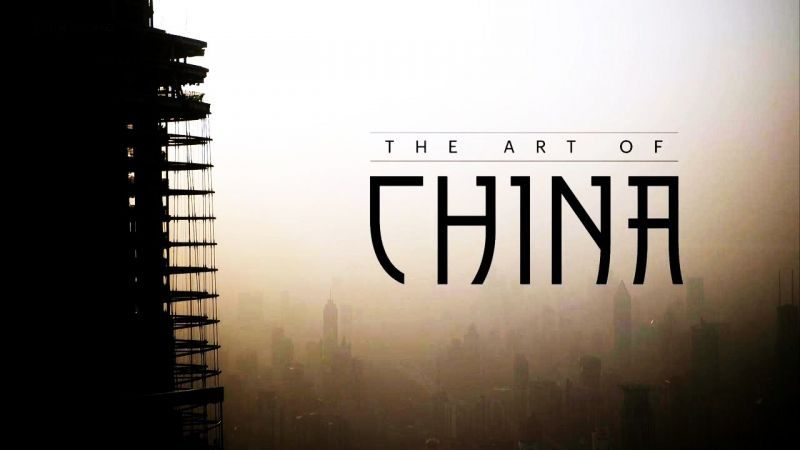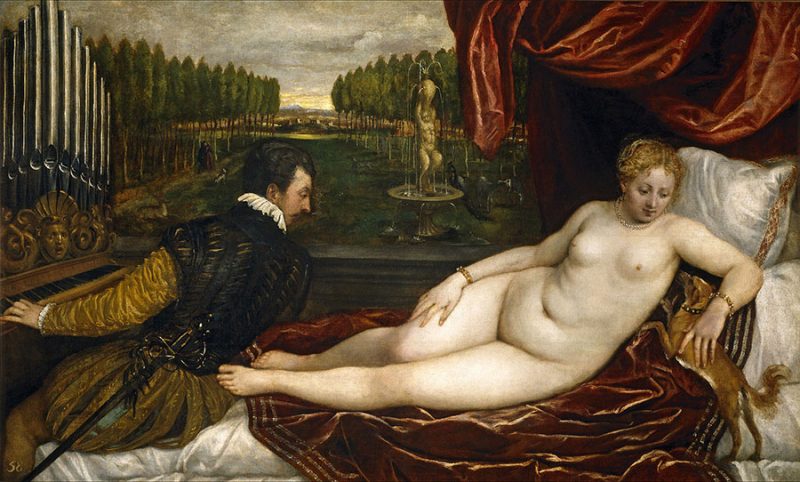Travels with Vasari: Andrew Graham-Dixon searches for the shadowy figure who wrote one of the most important books on art and looks at some dazzling works, including masterpieces of the early Renaissance by Giotto, Masaccio and Donatello.
Travels with Vasari part 1
The first part of an exploration of the extraordinary achievement of the chronicler of the Italian Renaissance, Giorgio Vasari, author of the monumental Lives of the Artists.
Travels with Vasari part 2
Concluding the exploration of the extraordinary achievement of the chronicler of the Italian Renaissance, Giorgio Vasari, author of the monumental Lives of the Artists.
Giorgio Vasari
Often called “the first art historian”, Vasari invented the genre of the encyclopedia of artistic biographies with his Le Vite de’ più eccellenti pittori, scultori, ed architettori (Lives of the Most Eminent Painters, Sculptors, and Architects), dedicated to Grand Duke Cosimo I de’ Medici, which was first published in 1550. He was the first to use the term “Renaissance” (rinascita) in print, though an awareness of the ongoing “rebirth” in the arts had been in the air since the time of Alberti, and he was responsible for our use of the term Gothic Art, though he only used the word Goth which he associated with the “barbaric” German style.
The Lives also included a novel treatise on the technical methods employed in the arts. The book was partly rewritten and enlarged in 1568, with the addition of woodcut portraits of artists (some conjectural).
The work has a consistent and notorious bias in favour of Florentines, and tends to attribute to them all the developments in Renaissance art – for example, the invention of engraving. Venetian art in particular (along with arts from other parts of Europe), is systematically ignored in the first edition. Between the first and second editions, Vasari visited Venice and while the second edition gave more attention to Venetian art (finally including Titian), it did so without achieving a neutral point of view.
There are also many inaccuracies within his Lives. For example, Vasari writes that Andrea del Castagno killed Domenico Veneziano, which is not true, given Andrea died several years before Domenico.




